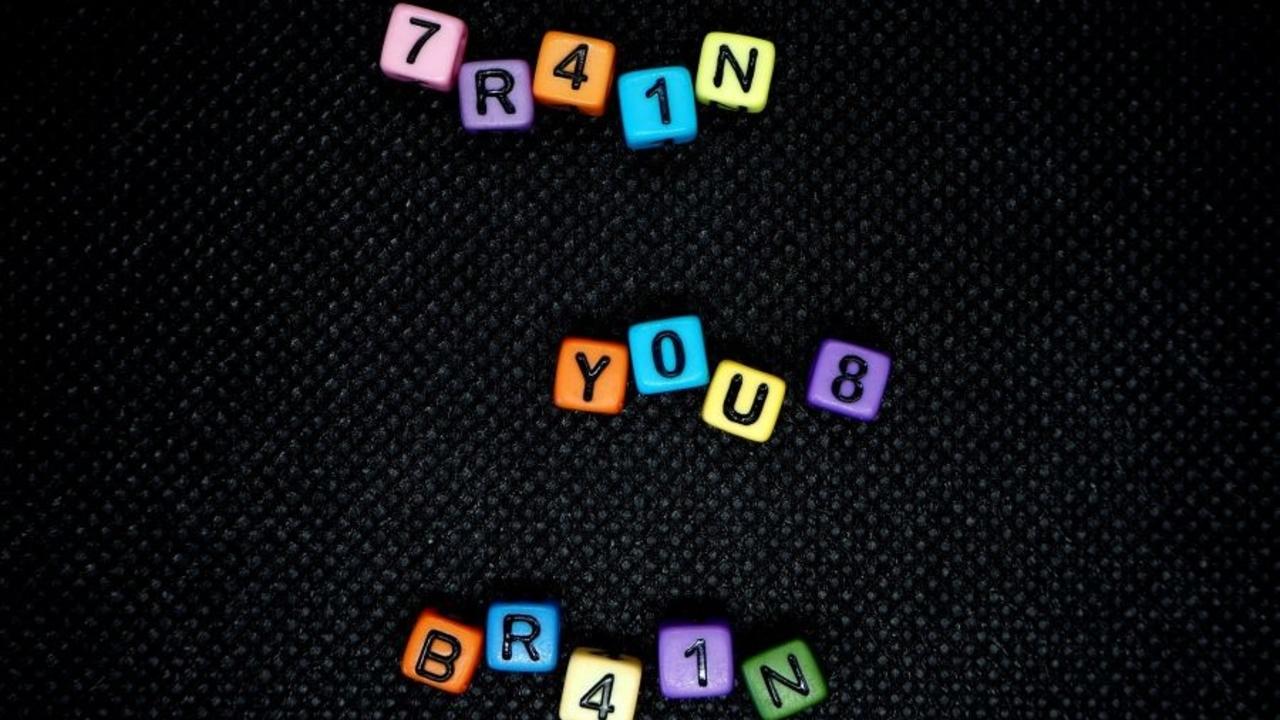Which do you use most? Left or Right Brain

LEFT BRAIN RIGHT BRAIN
Modern medicine and man does not claim to know all about the brain and will never know the complexities and extent of the purposes of the brain.
The majority of the scientific community have concluded to date that the left and right side of the brain serve different purposes. The side that is dominant influences the skills of the person and both left and right side produce a different set of outcomes.
An example of this theory is that the left brain uses logic and reason and speech and writing skills the right brain is random and intuitive or the centre of our feelings, it is artistic creativity, musical, etc
When people study they use the "reason" part of their brain, one part of one hemisphere of our brain. However, God designed us to use both sides so there are consequences when we become ‘left’ or ‘right’ brain dominant.
Researcher and Educator on this principle Mark Virkler in his paper ‘Western Study vs. Biblical Meditation’ suggests that using ‘self-reason’ and ‘self in action’ during study or ‘left’ brain dominant activity could actually be humanism- a false God. Further he stated that when God speaks to us and uses us he uses both parts of our brain to flow through us as we– yield our outer faculties to the indwelling Spirit Rom. 12:1.
The western education system is more focused on left-brain subjects such as logical thinking, analysis, and accuracy and the right-brain subjects such as feeling, creativity style and taste are of less importance. This strong favouring of and thus training of the left side of the brain, has become an unrecognised disease that has infiltrated our schools, workplaces and churches.
It is vital that we use and train both hemispheres for worship and communication with God.
In addition, the side of the brain that is most dominant affects:- the way a person often relates to other humans, their position in the world and the way they think and view their surrounds.
What is agreed is that people can exercise their dominant and less dominant side of their brain through activities much like exercising and building a muscle.
However what has been concluded in line with the Bible is that God needs and uses both hemispheres and the imbalance of either side can cause and imbalance in understanding the nature and what God is communicating through the Holy Spirit.
Jesus taught in a way that required both sides of our brain.
"Without a parable, Jesus taught them not" (Matt. 13:34). Parables are picture stories, that require imagination. Imagination utilises the right side of the brain. Christ's teachings also engage the left side of the brain with reasoning. Sadly, today, most of our learning of Christ's teaching is through reading (a left hemisphere activity) the Word. The most powerful teaching comes from following the educational methodology of the world's most powerful Teacher, Jesus Christ, and learning to combine both right and left hemispheres with the anointing and flow of the Holy Spirit.
The Christian life is a life of faith, however our left brain will try to reason and work how it will come to pass, whereas the right brain is more creative, and can believe in possibilities the realm of faith. Just simply understanding how we think will help us work with both sides of the brain.
|
LEFT BRAIN DOMINANT |
RIGHT BRAIN DOMINANT |
|
Is seen as ‘smarter’ using the following attributes: |
Is seen as ‘creative’ using the following attributes: |
|
Rational |
Intuitive |
|
Logical |
Random |
|
Reason |
Intangible |
|
Concrete |
Abstract |
|
Sequential |
Simultaneous |
|
Analytical |
Synthesizing |
|
Objective |
Subjective |
|
They tend to do well in
|
They tend to do well in
|
|
Orderly |
Scattered |
|
Learning Style Written & Verbal |
Learning Style Visual, audio and kinaesthetic |
|
Responds to verbal instructions |
Responds to demonstrated instructions |
|
Problem solves by logically and sequentially looking at the parts of things |
Problem solves with hunches, looking for patterns and configurations |
|
Looks at differences |
Looks at similarities |
|
Is planned and structured |
Is fluid and spontaneous |
|
Looks at parts |
Looks at wholes |
Stay connected with news and updates!
Join our mailing list to receive the latest news and updates from our team.
Don't worry, your information will not be shared.
